Al Karama, often simply referred to as Karama, stands out as one of Dubai’s most culturally vibrant districts. Known for its diverse community, central location, affordable lifestyle and traditional cuisine, Karama offers a unique blend of tradition and urban energy. Here’s a deeper look into its storied history, cultural significance, and the prospects for its future.
The name “Al Karama,” meaning “dignity” in Arabic (الكرامة), reflects the community’s essence, built on a spirit of unity and respect. Established in the early 1970s, the neighborhood was designed to accommodate Dubai’s rapidly growing population, fueled by an influx of workers during the city’s first major economic expansion. From the outset, Karama welcomed expatriates from around the world and, in particular, from South Asia, fostering a multicultural environment that remains a defining feature of the area up to this day.
In the 1980s, Karama also became a safe haven for around 8,000 Omanis displaced from Zanzibar in the 1960s during the revolution of 1964. Under the patronage of Sheikh Rashid bin Saeed Al Maktoum, a residential enclave known as Hamdan Colony was built to provide homes for these stateless individuals, reinforcing Dubai’s reputation as a welcoming and inclusive city.
Karama’s urban layout was meticulously planned, featuring low-rise residential buildings arranged in a grid system. This design aimed to maximize space efficiency and accommodate the working-class expatriate population, which included many from South Asia and the Philippines. The area’s proximity to Dubai Creek played a crucial role in its growth, offering easy access to the heart of the city and creating a community where diverse cultures could thrive.

Strategically located near Dubai Creek in western Dubai, Al Karama is bordered by prominent neighborhoods like Bur Dubai, Oud Metha, and Al Jafiliya. This prime positioning ensures easy access to both the older and more modern parts of the city. Major highways like Sheikh Zayed Road and Al Khail Road are easily reachable, and the district is served by two essential metro stations — ADCB and BurJuman—facilitating seamless connectivity throughout Dubai.
Al Karama is much more than a residential district; it is a bustling area full of life. Karama Market is a popular community spot, attracting local residents and tourists eager to explore its eclectic mix of shops selling everything from souvenirs to electronics. The area is also renowned for its exceptional and affordable dining options, including iconic establishments like Calicut Paragon and Ravi Restaurant, which are part of the district’s renowned culinary scene.
Nearby attractions like Dubai Frame and Zabeel Park offer residents and visitors recreational spaces and breathtaking views of both old and new Dubai. Additionally, the famous 2nd December Street (also widely known by its previous title, Al Diyafah Street) is within mere minutes walking distance, connecting Karama with Trade Centre and DIFC. Furthermore, Karama is home to artistic venues like the Mawaheb art studio, a creative space that showcases the work of artists with disabilities, underscoring the area’s inclusive and community-oriented spirit
Despite Dubai’s rapid development, Karama has managed to retain its affordability, making it attractive to families, professionals, and expatriates. Housing options range from compact apartments to larger family homes, often paired with retail spaces on the ground floors. The district’s laid-back nightlife features cafes and shisha lounges that serve as social hubs for the community.
As Dubai continues to evolve and expand, Karama is expected to modernize at a controlled pace. Planned developments aim to enhance public facilities, expand green spaces, and improve transportation links, all while preserving the neighborhood’s community-oriented character. These future enhancements will ensure that Karama remains a sought-after, affordable, and culturally rich place to live for years to come.
Al Karama is a district where history meets the modernity of a global city. It provides a snapshot of Dubai’s past, adapting gracefully to the demands of an ever-growing metropolis. With its vibrant cultural diversity, central location, and unique charm, Al Karama continues to be an integral part of Dubai’s urban landscape, combining tradition and progress in a way that few other areas of Dubai will ever be able to.
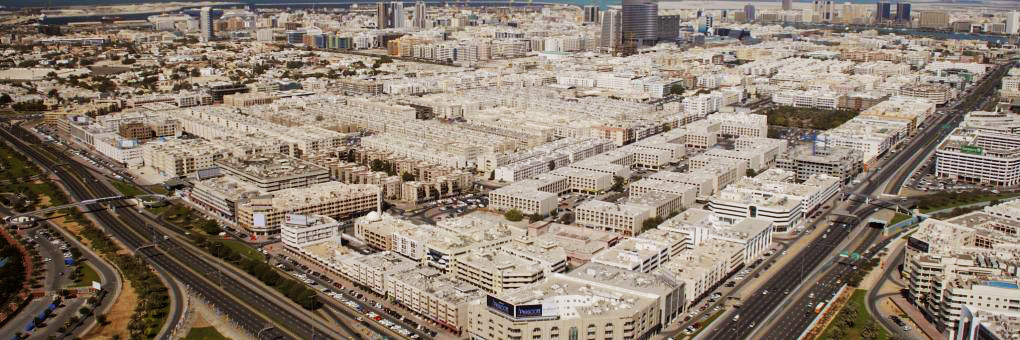
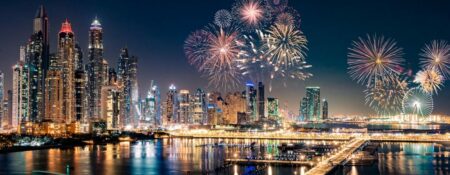
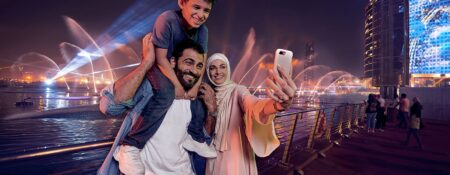
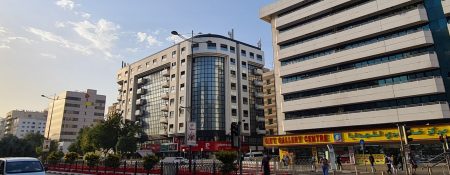
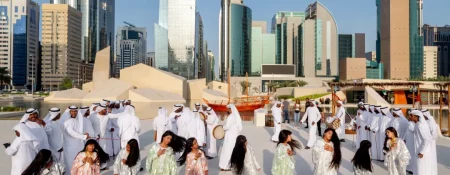
The UAE’s rich history is rooted in trade and tied to Islam. Its unique location between Europe and the Far East became the crucial factor in it's growth into the world's largest trading hubs. Throughout the ages, these lands had attracted merchants from India and China, and were prized by Europeans, in particular the Portuguese, the Dutch and the British.
After the discovery of oil and the formation of the Emirates, the wise rulers began the rapid development of the country's economy, shaping it into what it is today. Though small in size, the UAE quickly became an important player in regional and international affairs.
Although it's growth and development, UAE heritage have not been forgotten - on the contrary, is still well-respected among the nationals. History and culture of local people can be felt in the legendary hospitality of local hotels, architecture of modern skyscrapers and openness and kindness in living among the multinational community.
Here you can read various articles about UAE heritage, history and culture, and better understand, why this country's development became such a success throughout the years.